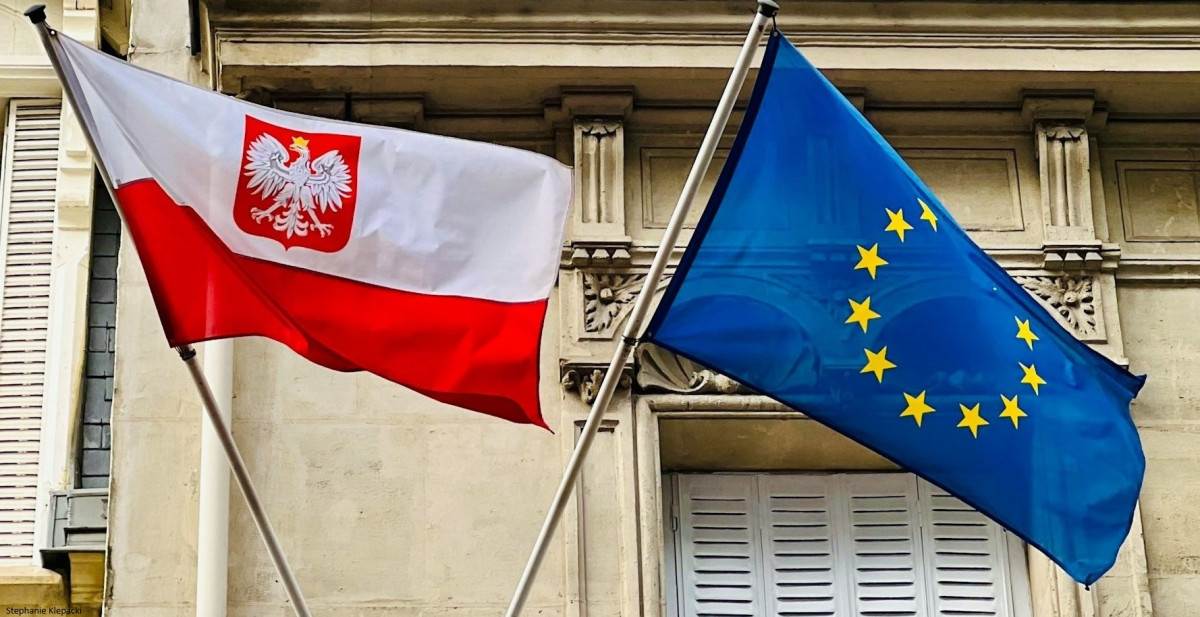
Towards European Union Membership: Poland’s EU Pre-accession Funds and Infrastructure Development
In advance of formal membership, candidate countries are offered three pillars of EU assistance: trade concessions, stabilization and association agreements and financial support. These instruments aim both to prepare candidates economically, politically and administratively, and to signal accession’s benefits to their populations. In this paper we describe the channels in which the third pillar – the EU pre-accession funds – affected Poland’s economic and institutional development ahead of its 2004 membership. The funds were designed to accelerate institutional transformation, modernize agriculture, strengthen rural communities, improve transport networks, and promote environmental protection. In Poland, between the mid-1990s and 2003, they supported extensive investments that produced unprecedented improvements in technical infrastructure. Poland’s accession referendum in 2003 turned decisively in favor of EU membership, despite strong regional variation in support. While no causal evidence is available, we argue that without the EU-funded infrastructural transformation, its outcome would have been less certain. For current EU candidate countries, Poland serves as an excellent example of how targeted external financial assistance can support structural transformation ahead of integration with the EU.



